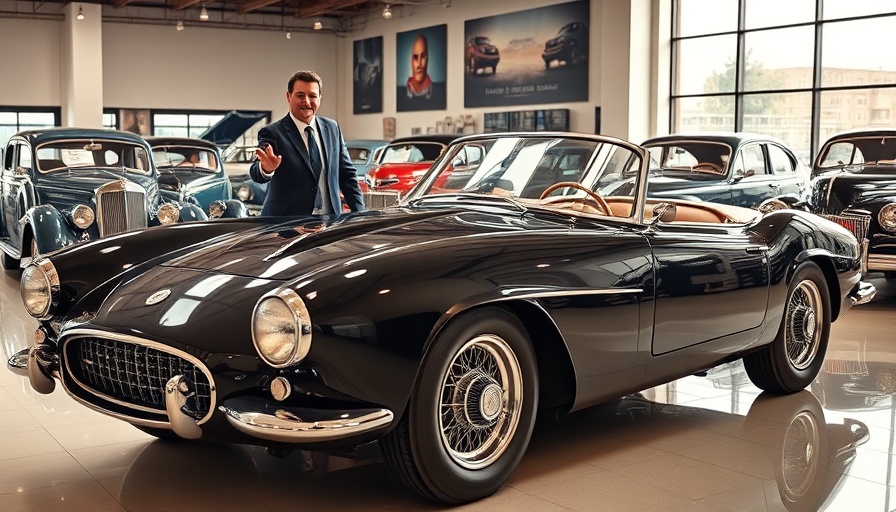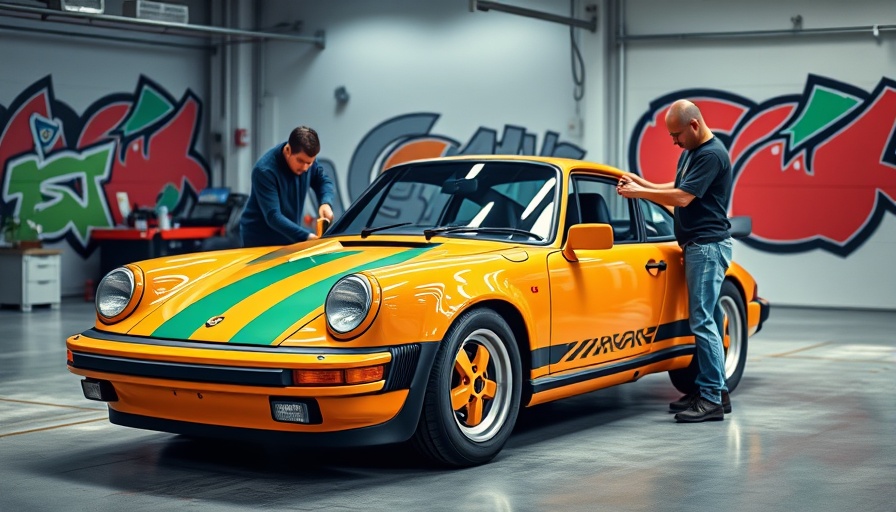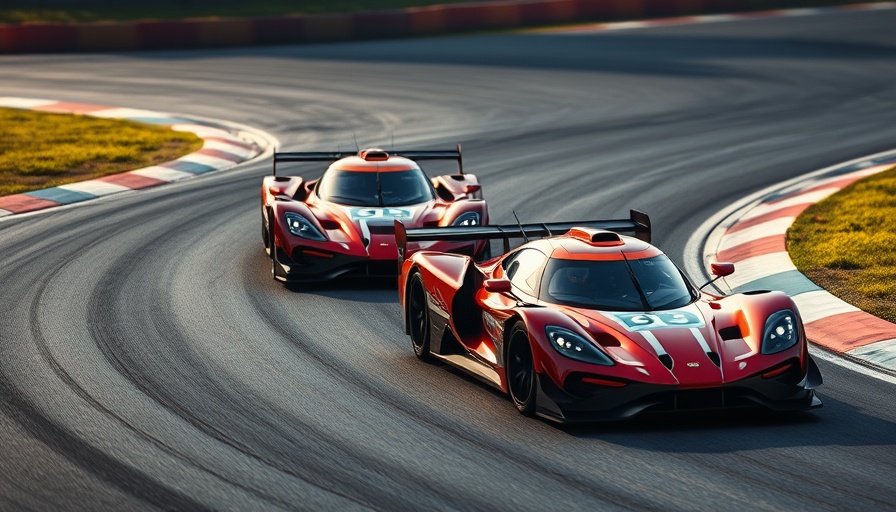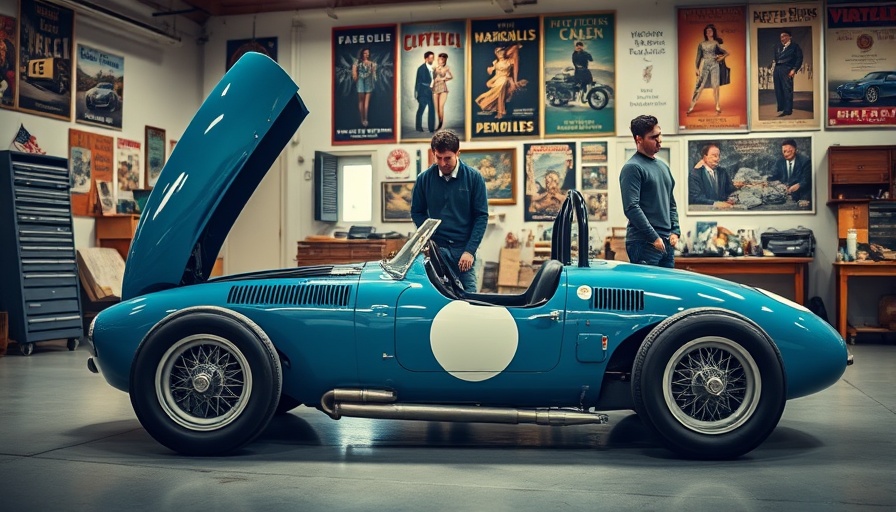
The Legacy of the 1913 Mercedes 3795 Double Phaeton Torpedo
The 1913 Mercedes 3795 Double Phaeton Torpedo is more than just an antique automobile; it is widely regarded as one of the first supercars. With its streamlined design and powerful engine, it reflects an era when automotive engineering began to break boundaries. Jay Leno's recent feature on this iconic vehicle offers a fresh look at its significance and the impact it had on the automotive world.
In 'Jay Leno Drives the First Supercar: 1913 Mercedes 3795 Double Phaeton Torpedo', the discussion dives into the significance of this automotive marvel, providing insights that sparked deeper analysis on our end.
Why This Supercar Matters in Automotive History
The early 20th century marked a transformative period for vehicles. The Mercedes 3795 was one of the pioneers that set the stage for future innovations in speed and design. As Jay Leno expertly demonstrates, the supercar not only changed how manufacturers approached car performance but also influenced how enthusiasts viewed driving as a hobby and passion.
Driving Experience: What Makes It Unique?
Experiencing the Mercedes 3795 today highlights how far we’ve come in automotive development. Leno's drive illustrates the distinct roar of its engine, the finesse of its steering, and the sheer delight of a vintage car that still feels alive on the road. This model challenges our perception of what luxury and performance mean, even after more than a century.
Lessons on Car Care from a Classic Perspective
Maintaining a classic like the 1913 Mercedes requires specialized knowledge and skills. Leno's discussions around the vehicle underscore the importance of understanding basic car maintenance and care techniques that are essential for both antique and modern automobiles alike. Here are some fundamental car care tips to remember:
- Regular Oil Changes: Keeping the engine lubricated is crucial. Schedule oil changes according to usage to prevent damage.
- Fluid Checks: Regularly check brake fluid, coolant, and transmission fluid levels to ensure optimal performance.
- Tire Maintenance: Rotate tires to promote even wear and ensure good traction, vital for safety.
Creating a Robust Auto Maintenance Schedule
Whether you have a vintage classic or a new model, creating an auto maintenance schedule can prolong the life of your vehicle and improve safety. Components such as breaks, coolant systems, and engine belts require regular inspection. Here are a few tips to build a basic auto maintenance checklist:
- Establish a timeline for routine inspections and maintenance tasks.
- Keep records of past maintenance to monitor patterns.
- Incorporate seasonal checks to adapt for weather conditions, such as tire changes and fluid inspections.
Future Trends in Automotive Maintenance
With advances in technology, the future of automotive care is leaning toward automation and apps that help monitor and maintain vehicle performance. Innovations in diagnostic tools will empower car owners to take a proactive approach to vehicle care.
As we look ahead, the integration of technology can simplify adhering to a maintenance schedule and tracking car health, allowing drivers to focus more on the joy of the ride rather than the logistics of upkeep.
Conclusion: The Virtue of Classic Cars in the Modern World
As we appreciate the charm and craftsmanship of the 1913 Mercedes 3795 Double Phaeton Torpedo, it serves as a reminder that understanding automotive history reinforces the significance of maintaining any vehicle. From vintage motors to the latest models on the market, a solid grasp of car maintenance not only enhances performance but also ensures safety and reliability. Embrace these tips to keep any vehicle running like new.
Next time you find yourself behind the wheel, consider the legacy of the supercars that paved the way. Maintaining your vehicle effectively brings an assortment of benefits that should not be overlooked, especially in a world that's advancing rapidly in terms of technology.
 Add Row
Add Row  Add
Add 




Write A Comment